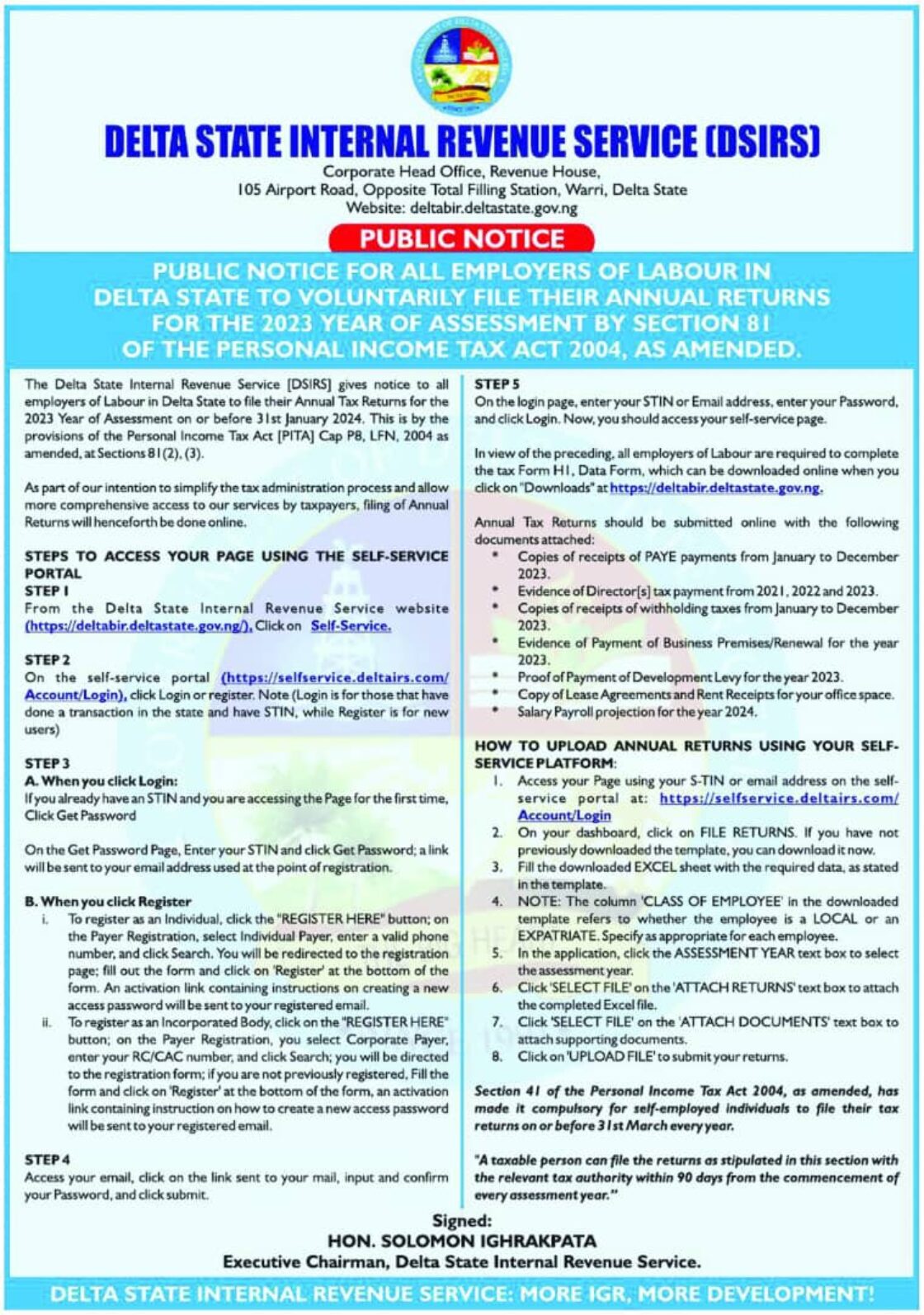MODERN TRENDS IN FACILITY MANAGEMENT AS A PANACEA FOR SUSTAINING ASSET VALUES IN NIGERIA
Being a Paper Presented at the One-Day MCPD Seminar Organized by the Enugu State Branch of the Nigerian Institution of Estate Surveyors and Valuers on the 23rd July, 2015
At
Oakland Events Centre, Ebeano Tunnel, Enugu, Nigeria
By
Pastor S.O. Jagun
Session Learning Outcomes
At the end of this session, participants should be able to:
ü identify major trends in facilities management;
ü fine-tune some of these trends to improve our services and allocate resources; and
ü apply the essentials in carrying out our jobs and strategize for better results.
The International Facility Management Association (IFMA) the released a research report in 2011 titled, “Facility Management Forecast – Exploring the Current Trends and Future Outlook for Facility Management.”
The trends identified fall into three categories:
- externally,
- internally and
- organizationally-driven.
Externally-driven trends are dictated by societal factors, as well as others.
- Sustainability continues to grow in importance and prominence worldwide.
- Complex building systems and controls increasingly offer opportunities and challenges for the profession.
- Facility management faces problems stemming from the aging building stock professionals manage — difficulties compounded by the global recession.
- Emergency preparedness and business continuity planning.
Internally-driven trends derive from within the profession.
- The increasing quantity and complexity of data available to facility managers through new reporting protocols poses challenges and opportunities for the profession.
- Finding top talent in facility management is gaining greater importance.
- There is a growing desire to elevate facility management to improve the recognition and perceived value of the profession.
Organizationally-driven trends derive from the corporations and organizations housing facility departments.
- Increasing expectations of facility management to include both technical and business acumen, which drives the need for an evolving skill set for those in the profession.
- There is a growing recognition that facility management contributes to the health and well-being of building occupants, thereby benefiting efficiency, productivity and profitability — key pillars of an organization’s bottom line.
Changing work styles significantly affect both occupant behaviour and the vacancy rate of buildings, which affects how buildings must operate.
Effect on practise
v Doing more with less.
v Automation of FM; minimize paperwork and integrating functions.
v Outsourcing of facility management functions.
v Value-driven designs.
v Energy conservation to reduce energy costs.
Thank you.



